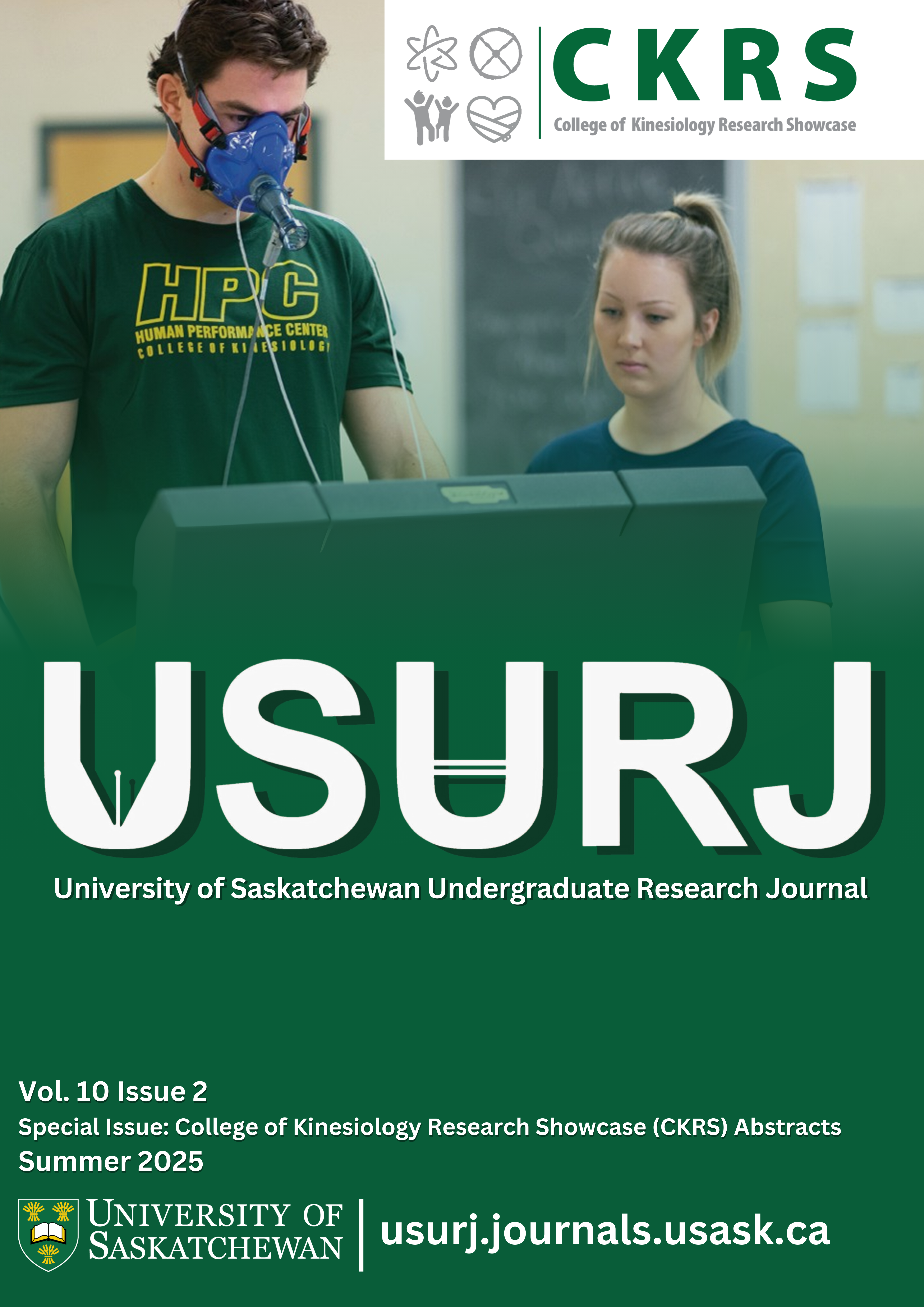Influence of Physical Education Experiences on School-Aged Children’s Perceived Physical Literacy Development
Main Article Content
Abstract
College of Kinesiology Research Theme: Child and Youth Health and Development
Introduction: Physical literacy is the motivation, confidence, physical competence, knowledge and understanding to value and take responsibility for engagement in physical activities for life. Physical education (PE) offers a unique and structured opportunity for children to develop physical literacy by providing varied movement experiences within supportive and inclusive learning environments. Pedagogical practices in these environments often range from more traditional (e.g., sport) to less traditional approaches such as circus arts, which may result in different student experiences. Current literature emphasizes the importance of examining how physical literacy is perceived and fostered within educational contexts, particularly through varied pedagogical approaches.
Purpose: This study aimed to investigate the relationship between teacher and student perceptions of physical literacy within the circus arts and traditional PE environments, and how these experiences might differ.
Methods: A cross-sectional design was utilized, with data collection from the physical literacy self-assessment (PLAYself), teacher assessment of student physical literacy (PLAYcoach), and observational assessments using a comprehensive physical literacy checklist. Descriptive statistics, correlation analyses, and Mann-Whitney U tests were conducted to explore differences and relationships among the distinctive physical literacy measures. Significance was set at p < 0.05.
Results: This study involved 228 students (114 males, 114 females) ranging from grades 4 to 7, and their PE teachers (1 male, 1 female) from the two schools. There was a significant positive correlation between student (PLAYself) and teacher (PLAYcoach) perspectives of physical literacy (r = 0.291; p < 0.001). There was also a significant positive correlation between both perspectives of physical literacy and the PE environment (PLAYself and PE environment: r = 0.754, p < 0.001; PLAYcoach and PE environment: r = 0.272, p < 0.001). When examining the difference in traditional PE compared to circus in PE, we found that traditional PE students reported higher self-perceived physical literacy scores (Environment: 22.5 ± 3.75 vs. 21.0 ± 3.27; p = 0.001; Self-description: 36.9 ± 5.88 vs. 34.3 ± 4.86; p < 0.001), whereas teacher and observational assessments indicated significantly higher scores outcomes in circus arts PE classes (Teacher assessed PL: 67.2 ± 20.54 vs. 53.9 ± 17.89; p < 0.001; Observational scores: 21.8 ± 0.95 vs. 15.6 ± 1.09; p < 0.001).
Conclusion: The results of this study revealed important relationships between physical literacy perceptions and their respective PE environments. Observational and teacher-reported data suggest that circus arts in PE provides a more physical literacy-enriched environment compared to traditional PE, fostering greater creativity, inclusivity, and affective engagement, as well as a greater opportunity for teachers to understand the abilities of all students in non-sport contexts. However, these experiences did not translate into students' self-perceptions of physical literacy, indicating a need for further research to understand whether sustained implementation might bridge the gap between instructional design and student experience.
Downloads
Article Details
Section
Articles: USURJ’s current Publication Agreements apply a Creative Commons Attribution-NonCommercial License (CC-BY-NC) by default. The CC BY-NC license lets others remix, tweak, and build upon work non-commercially. The author(s) can choose a different CC license, as outlined in https://creativecommons.org/about/cclicenses/. Please see the PDF for each article to determine what license is applied to that article. Author(s) can also request to reserve all copyright (All Rights Reserved). If there is no indication for articles published before September 2020, assume the author retains all rights beyond those necessary for publication by USURJ. All articles published after September 2020 will apply one of the aforementioned CC licenses. See the Publication Agreement under the Submission Preparation Checklist or Author Guidelines for more information. Artwork: All copyright for the original artwork remains with the artist unless they wish to apply a Creative Commons (CC) license to the artwork. Please see the PDF for each artwork to determine what license is applied to that artwork.
